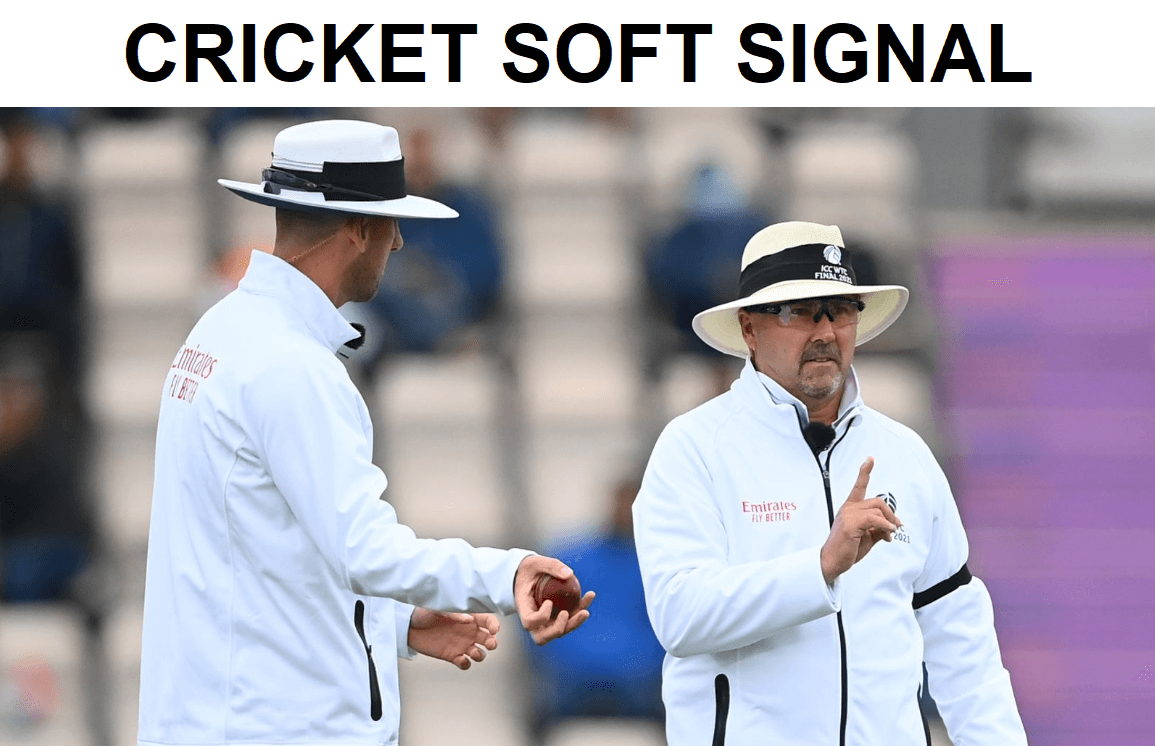

The soft signal is a part of the decision making process in cricket. The International Cricket Council introduced this law in 2014. This was done when communication could be established between the third umpire and the on-field umpires.
According to the rules, “Soft Signal is the visual communication by the bowler’s end umpire to the third umpire (accompanied by additional information via two-way radio where necessary) of his/her initial on-field decision prior to initiating an Umpire Review. Should both on-field umpires require assistance from the third umpire to make a decision, the bowler’s end umpire shall firstly take a decision on-field after consulting with the striker’s end umpire, before consulting by two-way radio with the third umpire.”
The law further explains, “Such consultation shall be initiated by the bowler’s end umpire to the third umpire by making the shape of a TV screen with his/her hands, followed by a Soft Signal of Out or Not out made with the hands close to the chest at chest height. If the third umpire advises that the replay evidence is inconclusive, the on-field decision communicated at the start of the consultation process shall stand.”
But the soft signal has been met with a lot of scepticism. The only way a umpire’s soft signal can be overturned is by the third umpire establishing conclusive evidence. Despite the fact that the third umpire had all the technology to review the decision, the soft signal makes it a topsy-turvy process in close calls like a low catch or boundary check.
In 2023, the ICC decided to abolish the soft signal rule. The rule will be implemented at the finals of the World Test Championships. This means that the turd umpire will now have all the power to make the final call without the intervention of any other on-field umpire.





